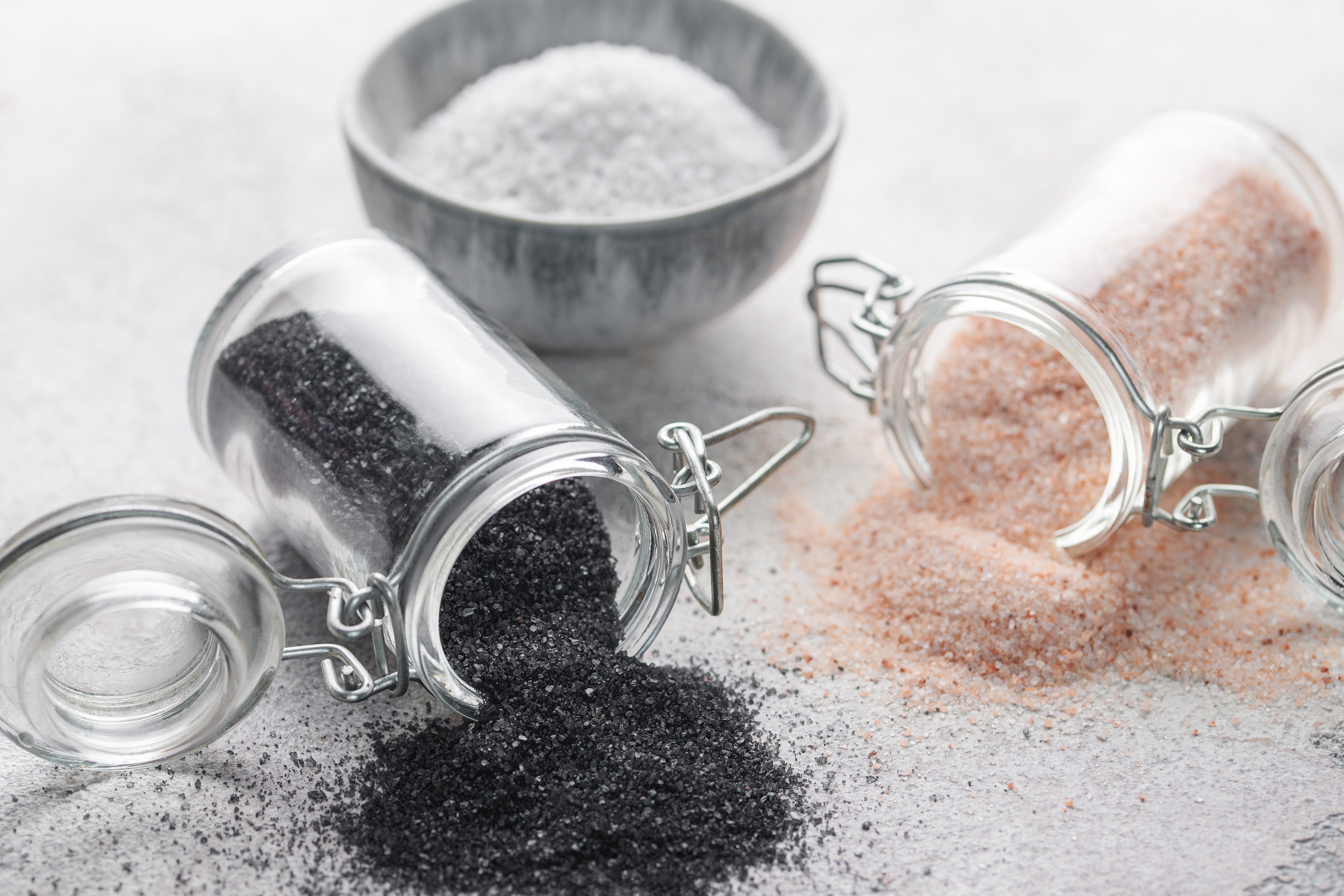Red Flags on a Nutrition Label That Could Be Raising Your Blood Pressure
In the bustling aisles of supermarkets, nutrition labels quietly whisper secrets that could significantly impact your health, particularly your blood pressure. Often overlooked, these labels are a treasure trove of information that can guide you toward healthier choices. Understanding them is crucial, especially when managing blood pressure—a condition affecting millions worldwide. This article delves into twelve critical clues on nutrition labels that could subtly influence your blood pressure, offering insights into how these details can make or break your dietary goals. Armed with this knowledge, you can navigate your nutritional landscape with precision and confidence.
1. Sodium: The Silent Culprit

Sodium is often the first thing health experts recommend monitoring to manage blood pressure. Nutrition labels provide a breakdown of sodium content, usually expressed in milligrams. The American Heart Association suggests limiting sodium intake to less than 2,300 mg per day, with an ideal limit of 1,500 mg for most adults. High sodium levels can lead to water retention, increasing blood pressure. When scanning labels, note the serving size—often misleadingly small—and calculate the total sodium intake based on your consumption. Choosing products with lower sodium content can significantly reduce your risk of hypertension.
2. Serving Size: The Deceptive Guide

Serving size is a crucial yet often misunderstood element on nutrition labels. It dictates the nutrient amounts listed, including sodium, fats, and sugars. Many people unknowingly consume more than one serving, inadvertently doubling or tripling their intake of these components. For those monitoring blood pressure, understanding and adhering to serving sizes is essential. Labels may list a serving as a single slice, cup, or piece, but real-life consumption can differ. Always adjust your calculations to reflect your actual intake to maintain accurate tracking of nutrients that influence blood pressure.
